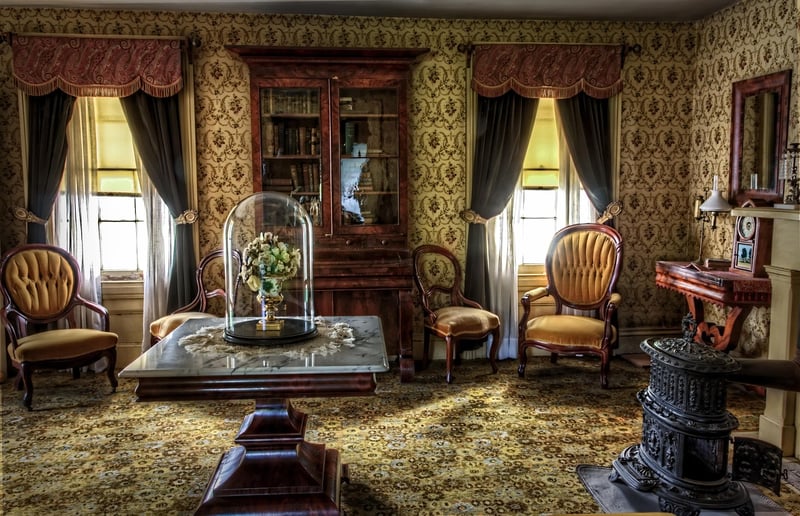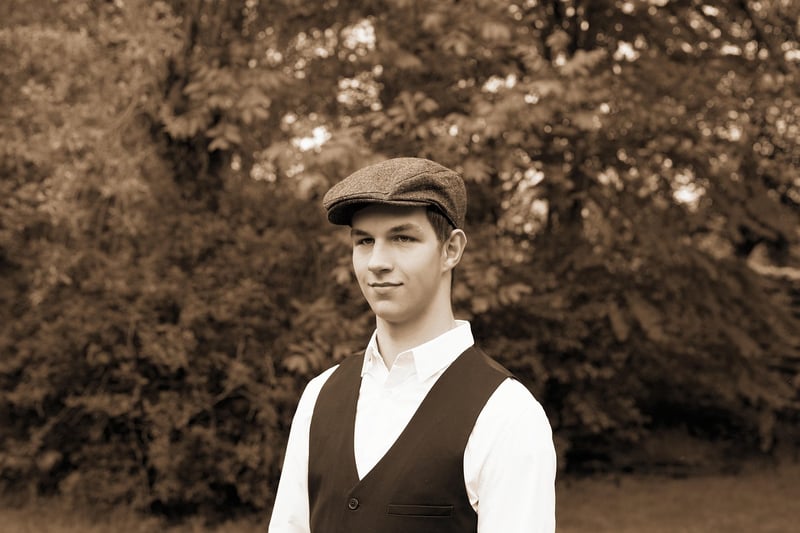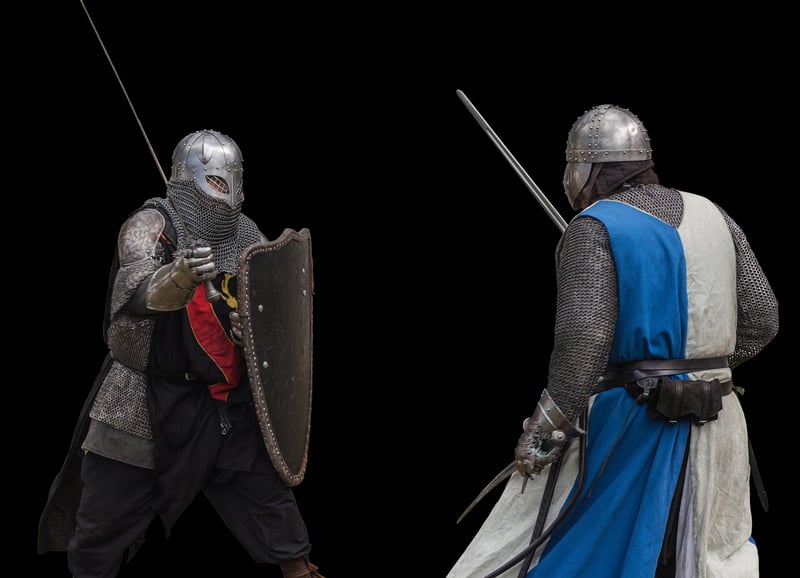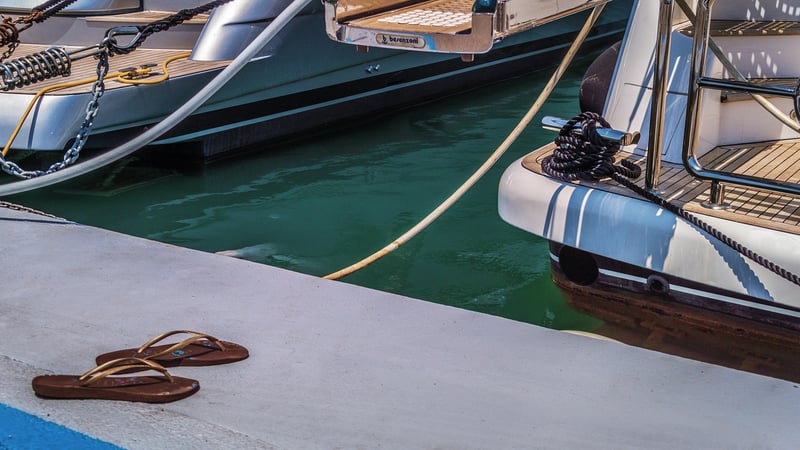Historical Etiquette
Guidance for Time Travelers: Navigating Historical Etiquette
Introduction
Welcome, time travelers, to a journey through different eras and cultures. As you embark on your temporal adventures, it's essential to be mindful of historical etiquette to avoid unintended faux pas and navigate social norms gracefully.
Victorian Era

In the Victorian era, propriety and decorum were highly valued. When interacting with individuals from this period, remember to address them with proper titles and observe strict social hierarchies. Modesty in dress and speech is key, and displays of affection should be subtle and reserved.
Roaring Twenties

The Roaring Twenties were characterized by jazz, flapper fashion, and newfound freedoms. If visiting this era, embrace the spirit of rebellion and exuberance. However, remember that traditional gender roles still influenced social interactions, so be aware of the expectations placed on men and women.
Medieval Times

Traveling back to medieval times requires a different set of manners. Chivalry, honor, and respect for authority were paramount. Knights and nobility held significant power, so deference and loyalty were expected. Understanding the feudal system and codes of conduct is crucial for a smooth journey.
Golden Age of Piracy

Arrr, matey! If sailing the high seas during the Golden Age of Piracy, be prepared for a rough-and-tumble world. Pirate crews had their own rules and customs, so adapt to shipboard life with courage and a touch of cunning. Remember, parley before resorting to swords!
Conclusion
As you traverse the annals of time, respect for historical etiquette will serve you well. By understanding the social norms and customs of each era, you can engage with the past respectfully and authentically. Bon voyage, time travelers!
